The dream of an autonomous supply chain

What if your supply chain ran itself, with little to no human intervention needed? Perhaps supply chain managers could stake out a plan and set it in motion, with tech handling the rest. Or maybe the tech could handle the planning part, too, with managers approving or rejecting big decisions and automating everything else? What would it free your organization up to do? As the dream of a fully autonomous supply chain inches closer to possibility, these are questions worth asking.
The Tech

In years past, the idea of an autonomous supply chain has been a pipe dream. So what’s changed? The growth of 5G, cloud computing, AI, and the Industrial IoT have made an automated network of machines that can communicate quickly with each other a reality. Now, humans are still needed to plan, execute, and supervise operations, but the tech is moving quickly as more organizations digitize their supply chains on the fly.
There are quite a few aspects of supply chains that can be automated today. Robotic process automation already handles lots of repetitive tasks flawlessly and collects important data, but there is room for the robots to operate more independently than they currently do.
Something that can be fully automated today is logistics planning. “Autonomous planning enables ongoing, machine-supported decision making in every part of the planning value chain, with planners intervening only to manage exceptions. In other words, the machines do what they do best — crunching data and applying advanced analytics — thus freeing up planners’ time for higher-value activities,” McKinsey analysts wrote.
More than 70% of supply chain managers are planning to integrate generative AI into their operations, according to Ernst & Young data, and organizations that have already begun a digital transformation are more than five times as likely to get real use out of GenAI than those still operating on legacy systems. GenAI “can help companies leapfrog their technical maturity and accelerate their path toward an autonomous supply chain,” EY says. As supply chain managers emphasize resiliency, GenAI can dream up all sorts of scenarios that might disrupt operations and come up with solutions to those problems. It can design new processes that increase efficiency and forecast demand, ensuring inventory is there to meet it.
How They’re Using It

Demand forecasting and predictive inventory management are just a couple of the many benefits presented by the prospect of an autonomous supply chain. Amazon uses its predictive shopping forecast to ship certain products to fulfillment centers close to the customers who will be ordering them soon. This ensures speedy delivery, including some by drones.
Shipping giant Maersk is betting autonomous ships in its Maven project can move goods across the world’s oceans more quickly using less fuel. Walmart and DHL are joining Amazon in testing autonomous delivery robots and drones. Walmart’s Alphabot even cruises through the aisles of stores, finding and picking items for customers much the same as an automated picker does in warehouses. Coca-Cola has enlisted autonomous trucking company TuSimple to ship soda across the U.S.
Software solutions from pioneers such as One Network Enterprises and Mecalux are helping provide real-time data so all links in the chain have a single source of truth and make adjustments based on current, reliable information.
It all adds up to increased efficiency, productivity, and traceability while decreasing mistakes and freeing up supply chain managers to focus on customer relationships.
“Autonomous supply chain planning can lead to an increase in revenue of up to 4%, a reduction in inventory of up to 20%, and a decrease in supply chain costs of up to 10%,” McKinsey’s analysts wrote.
Making It Real

To be fully autonomous, a supply chain needs all processes from planning to the last mile and everything in between, to be automated, digitized, with robots doing the work. Is that really possible?
Given all the potential benefits, it’s certainly a goal worth striving for. The abundance of solutions becoming available is making it possible to automate more processes and to higher degrees of autonomy. The next leap needed is hyperautomation, Mecalux says. That entails integrating as many automated processes as possible with as little human intervention as possible.
“Hyperautomation will eventually augment humans’ decision-making capabilities and support the creation of an autonomous supply chain,” Gartner declares. “Such a supply chain of the future will be able to automatically plan in real time and run automated operational actions in a frequent, granular, and cost-effective way.”
Writing in Forbes, Arc Advisory Group VP of supply chain services, Steve Banker, declared himself an autonomous supply chain skeptic turned believer. What convinced him? The introduction of “decision intelligence” by Aera Technology. It’s the automation of decision-making that might prove to be the last hurdle to true autonomy. Aera’s data crawlers constantly scan transactional data to use in combination with things like weather and lead times to make some decisions on their own and present some to humans to accept or reject. For one global client, Aera’s system made 12,000 recommendations in a month, with 74% automatically accepted.
“The supply chain is full of messiness and volatility. We believed if we could nail decision-making within the supply chain, everything else would be a little bit easier to handle,” Henry Hwong, VP of product marketing at Aera, told Banker.
It certainly is, thanks to solutions like Aera’s. The question now is, “What will you do with all that free time?”

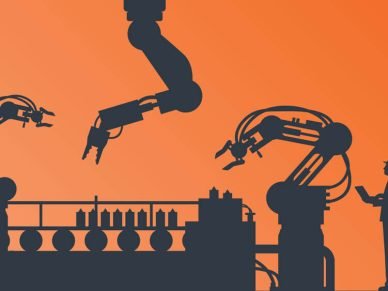
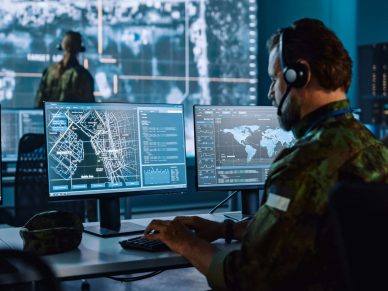
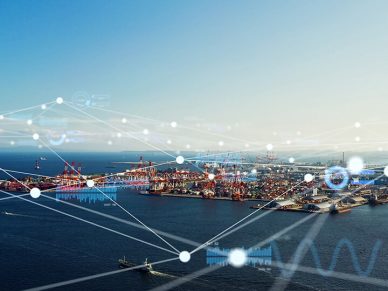

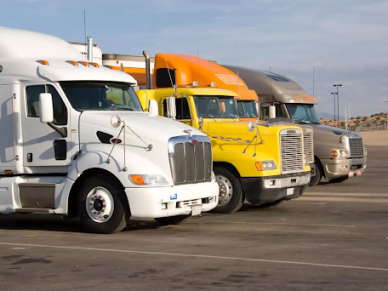
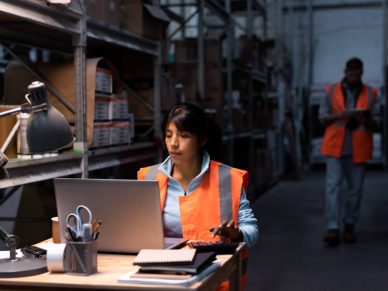

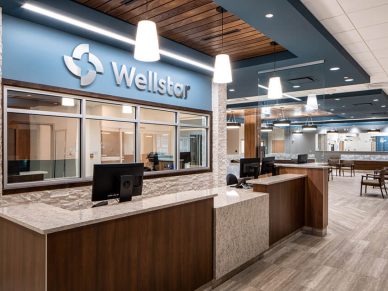





Leave a Reply